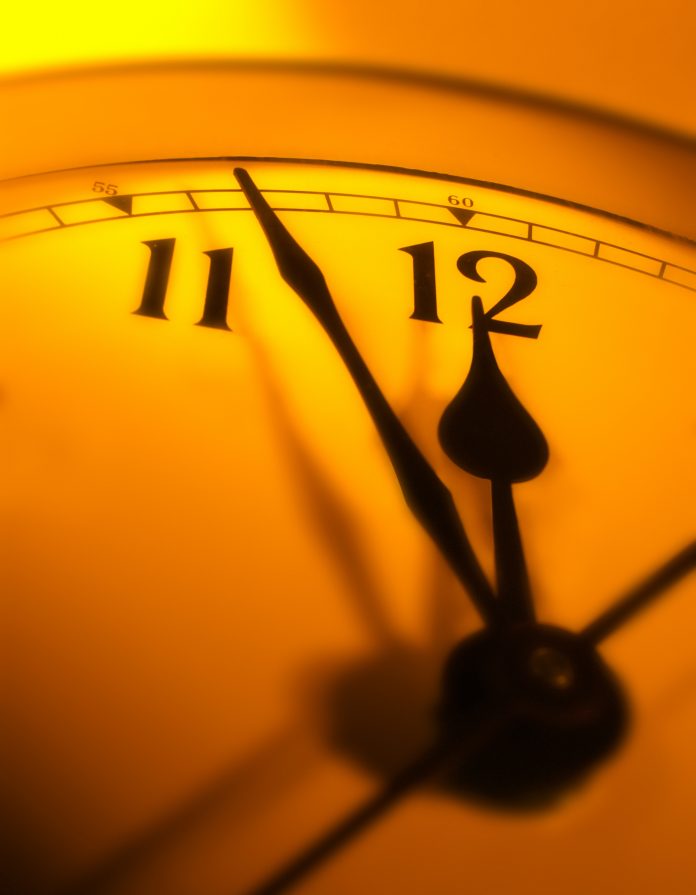The Doomsday Clock, a symbolic representation of humanity’s vulnerability to global catastrophes, was reset to 90 seconds to midnight by the Bulletin of the Atomic Scientists. What can the world do to turn back time?
This marks another year of the Clock being the closest it has ever been to midnight, reflecting the severe and unprecedented dangers that the world currently faces.
The Bulletin highlighted numerous threats to this dangerous state, including the Russia-Ukraine war, the deterioration of nuclear arms reduction agreements and the alarming increase in global temperatures.
Additionally, the advancement of genetic engineering technologies and the rapid progress of generative AI have added complexity to these challenges.
The Doomsday Clock’s time is determined by the Bulletin of the Atomic Scientists’ Science and Security Board (SASB) in consultation with its Board of Sponsors, which includes nine Nobel Laureates. The previous setting of the Clock in January 2023 was also 90 seconds to midnight.
Nuclear threats
The ongoing conflict between Russia and Ukraine remains a significant concern, with the potential use of nuclear weapons adding to the gravity of the situation.
Russian President Vladimir Putin’s decisions to suspend the New START treaty, deploy tactical nuclear weapons in Belarus, and advocate for limited nuclear strikes on Western Europe escalate tensions.
The collapse of arms control agreements raises the threat of a three-way nuclear arms race involving China, Russia, and the United States. Other nuclear crises continue, including Iran’s enrichment of uranium and North Korea’s continued development of nuclear weapons.
The unchecked nuclear expansion in Pakistan and India adds further challenges. The suitability of presidential candidates to handle the authority to launch nuclear weapons becomes a central concern, especially given recent events prompting increased oversight by military leaders.
Climate changes impact
The climate crisis reached unprecedented levels in 2023, with record-breaking temperatures and rising greenhouse gas emissions. Despite efforts, the world risks surpassing the goals of the Paris Agreement, requiring a drastic reduction in carbon emissions to achieve net-zero status.
The $1.7 trillion invested in clean energy in 2023 was overshadowed by nearly $1 trillion in fossil fuel investments, highlighting the inadequacy of current measures to combat climate change.
Biological and AI threats
Advances in genetic engineering raise concerns about the misuse of biology, especially when connected with artificial intelligence tools. The rapid progress of generative AI poses its challenges, magnifying the threat of disinformation and potentially compromising global efforts to address existential risks.
Military applications of AI, particularly in lethal autonomous weapons, raise alarms about the potential for AI to control critical systems, including nuclear weapons, acting as a direct existential threat.
A call for global action
In these multifaceted threats, the Bulletin calls for urgent international cooperation. The United States, China, and Russia are urged to engage in dialogue to address the outlined global threats.
The world must recognise the need for collective action to confront the shared threats that demand common solutions. The Doomsday Clock is a reminder that time is running out, and global leaders must act with clarity, courage, and immediacy to turn back the Clock.
Founded in 1945 by Albert Einstein and J. Robert Oppenheimer, the Bulletin of the Atomic Scientists remains committed to raising awareness about global threats through the Doomsday Clock.











